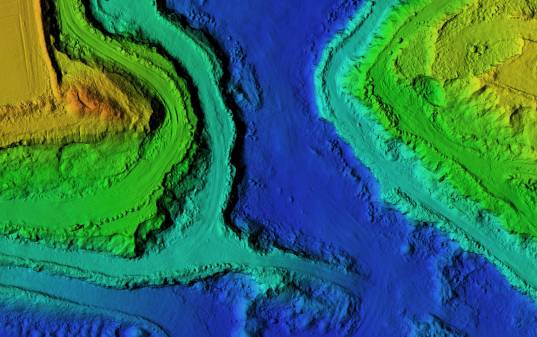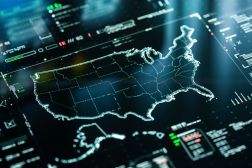GIS group: Real-time location is private information

The National States Geographic Information Council says information about a person’s real-time location is private.
In a unanimous move, NSGIC’s board of directors endorsed a set of privacy guidelines advising members to safeguard personal data — like real-time location, health and employment information — they gather, saying it’s protected by law. The guidelines were originally developed by the Management Association for Private Photogrammetric Surveyors, an industry group of geospatial data providers, and are meant to serve as a framework for self-regulation on the collection of geospatial data.
“We totally agree with MAPPS on this issue,” NSGIC President and Arkansas GIS director Shelby Johnson said in an NSGIC blog post. “It’s very important for the industry as a whole and those of us in government to be on the same page.”
The guidelines declare that the following forms of geospatial data are not private:
- Information about the location and shape of, and the relationships among, geographic features, including remotely sensed and map data.
- Graphical or digital data depicting natural or manmade physical features, phenomena, or boundaries of the earth and any related information including surveys, maps, charts, remote sensing data and images.
- Collection, storage, retrieval or dissemination of graphical or digital data to depict natural or manmade physical features, phenomena or boundaries of the earth and any information related to that data, including data that is made up of a survey, map, chart, geographic information system, remotely sensed image or data, or an aerial photograph by mapping and geospatial officials.
- Data from commercial satellite systems licensed to operate by the U.S. government, global positioning systems, geographic information systems, and airborne or terrestrial mapping equipment
- Collection, storage, retrieval or aggregation of information about an individual that is publicly available, such as legal information found in deeds, property records and property maps.
The MAPPS guidelines build on NSGIC’s existing geospatial data privacy standards that establish that street addresses, assessment and property ownership records, nonspecific aerial photography, census data and Google Street View-like data do not violate individual privacy.






